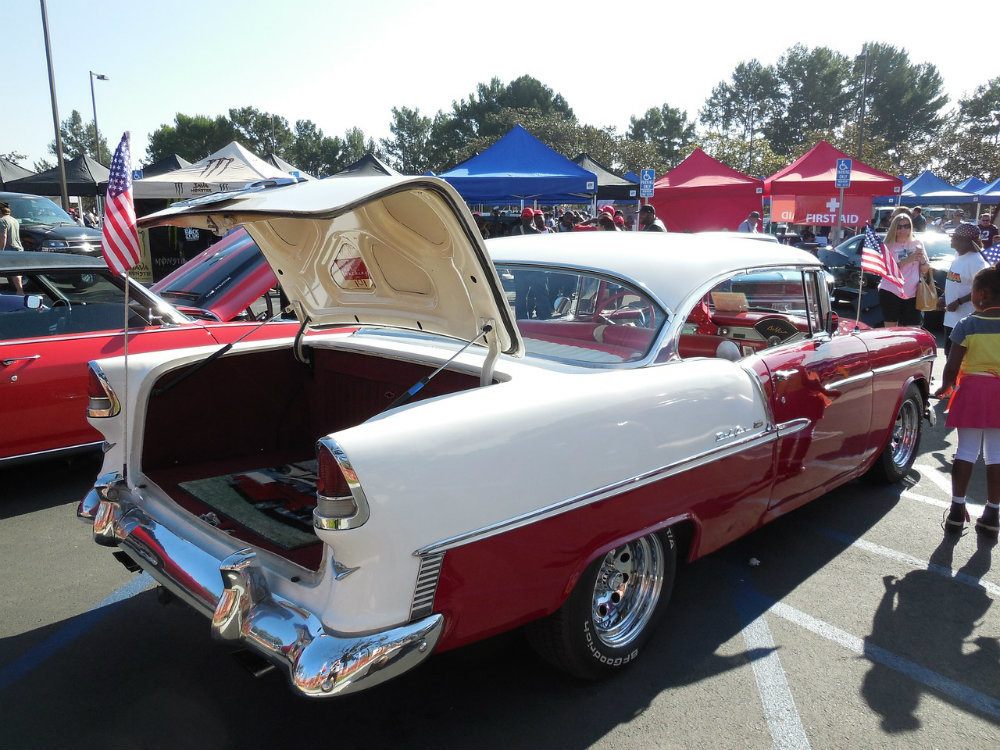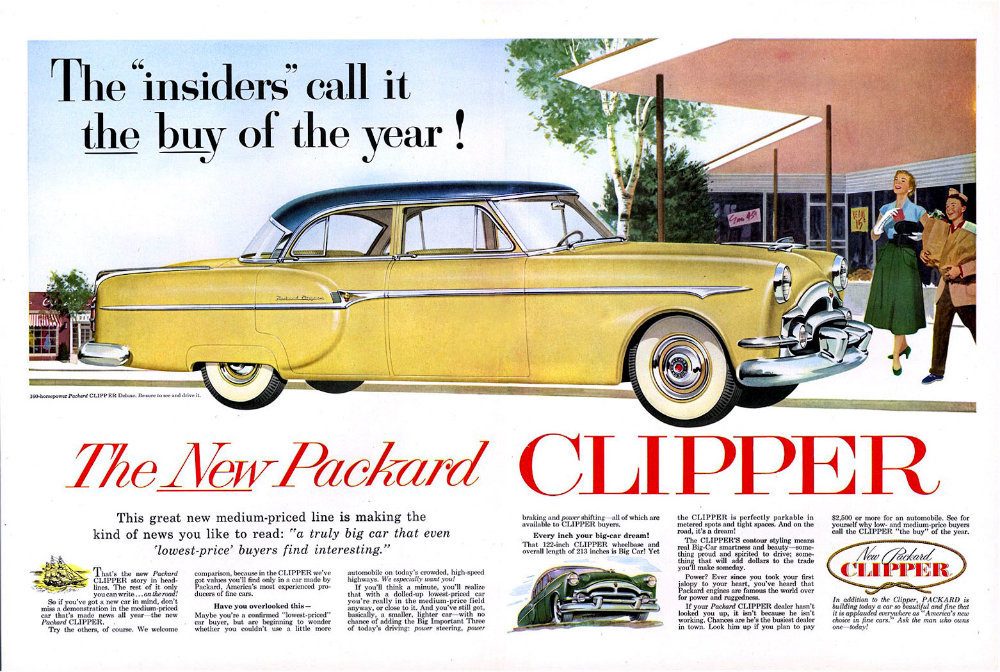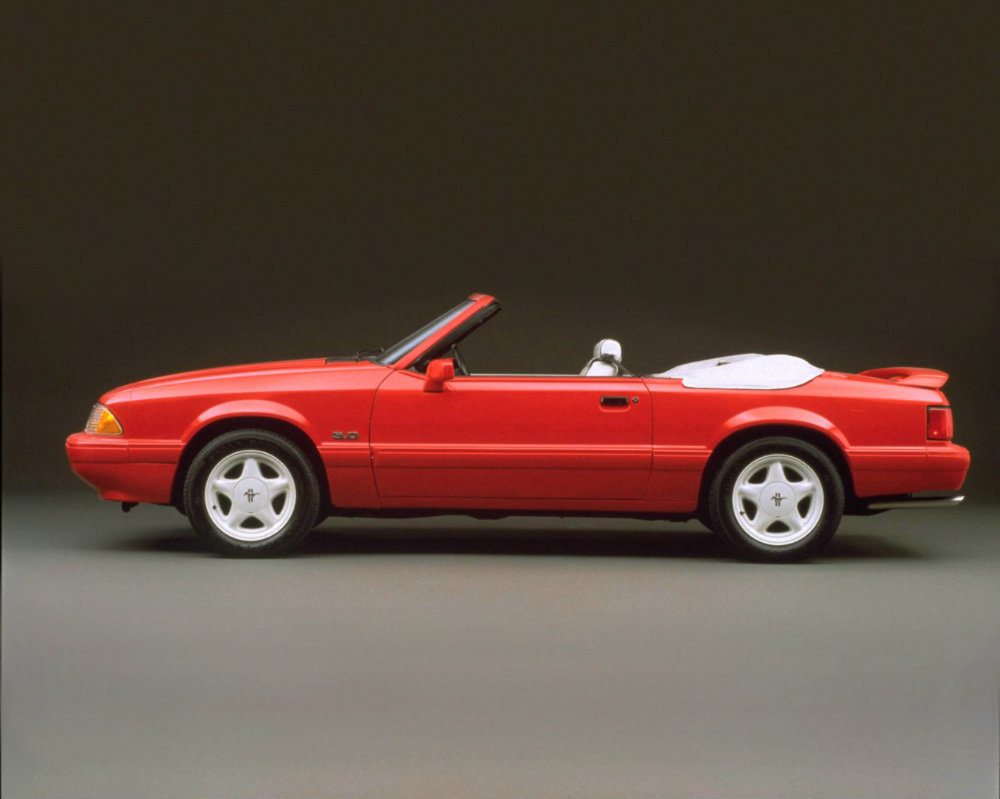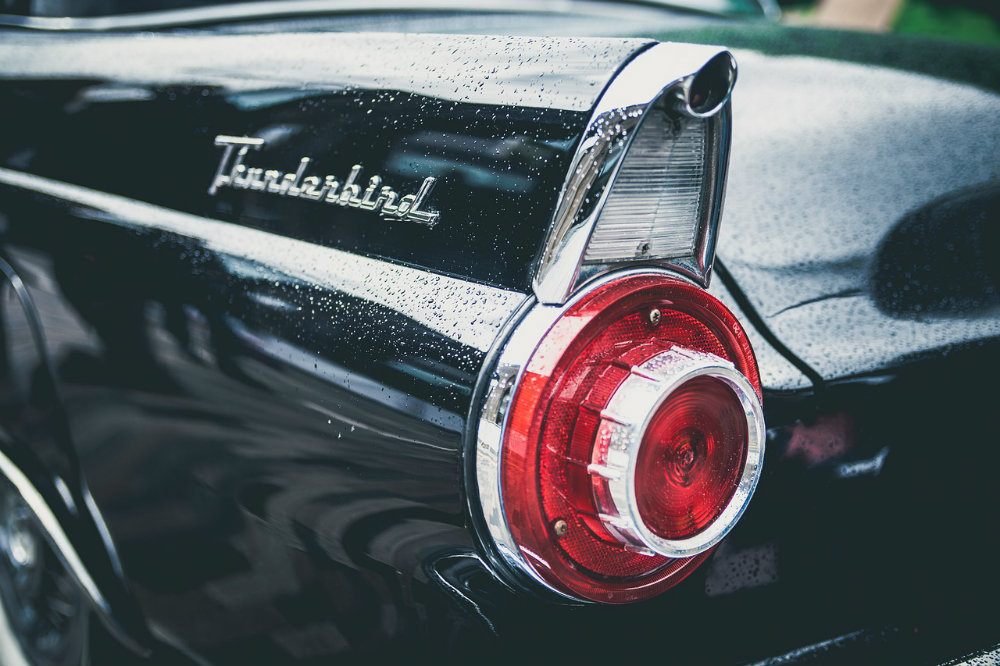Watching the old car auctions on TV, your pulse races as you see a beautifully restored Hemi ‘Cuda or Shelby Mustang sell for upwards of six figures. Then you mutter to yourself, “everything is priced out of sight. I’ll never be able to enter the classic car hobby.”
It’s true that top-shelf automobiles seem to be on a never-ending upward trajectory in value. Financially secure Baby Boomers, remembering the cars of their youth, now have the means to buy one. That pent-up desire is helping to drive prices today.
That puts these cars out of reach for the average Joe, who needs cash AND a place to store the car AND spare time to maintain it. But there are still plenty of ways to immerse yourself into the hobby, while spending very little money. Here are three such ways, with a range of varying expenses.
#1 Car Club Membership
Car clubs have been around almost as long as cars themselves. One of the largest, the Antique Automobile Club of America (AACA), was founded in the 1930s. Whether it’s an all-makes club like AACA or a marque-specific club like the Mustang Club of America, one thing they have in common is that vehicle ownership is not a pre-requisite for club membership.
Should this dissuade you from joining? Absolutely not. These clubs are full of individuals who welcome all car nuts, no matter what you own. You’ll get to hang out with like-minded individuals, talk about topics of interest to you, and learn more about the models you love from fellow club members. Depending on your available time, you can also volunteer for various activities. Here are some of the tasks for which clubs are usually looking for help:
- Writing articles for the club newsletter.
- Volunteering to take photos at shows.
- Assisting with parking and spectator traffic at club meets.
- Providing rides for older club members who no longer drive.
As you get to know people in the club, don’t be surprised when they offer you a ride in their precious jewel, or better yet, tell you that it’s your turn to take a spin behind the wheel!
Your True Cost: Minimal. Most clubs have an annual membership fee (figure an average of $50), plus your gas and tolls for travel. But, you’ll be in the hobby, surrounded by the cars that stoke your passion!

#2 Collecting Automobilia
Collecting things is a human condition, likely extending back to when we were cave dwellers, and every scrap of stone and wood served some present or future purpose. Today, popular collectibles include coins, comic books, marbles, pens, and watches. How does this apply to you, dear automotive enthusiast? Easy: a large part of the hobby is devoted to “automobilia” (a fancy word created from the mash up of “automotive” and “memorabilia”).
What can you collect? Anything related to the industry. I have a particular weakness for books and magazines, many of which I’ve found at yard sales and flea markets for a buck or two. Old road maps are a recent obsession: they’re cheap, and take up very little room. Model cars, either dealer promos or kits, are a nice way to have cars, just on a different scale. License plates, radiator caps, spark plugs, and dealer signs are also fun to hunt down and bring home.
Speaking of hunting, the fun can be in the chase. Besides yard sales and flea markets, also consider estate sales, antique stores, and friends and neighbors! Online shopping through eBay and similar sites is also an option, but beware of reproductions if an item is represented as “antique.”
Your True Cost: Limited by how little or how much you want to spend. You could literally start a collection of print items and not spend more than $25.00 or so, including a nice storage binder. Warning: this hobby is very addictive!

#3 – Driving A Collector Car
Before you think I’m going to suggest that instead of a late-model, mid-size sedan, you put yourself into an unreliable, rusty hulk from the ‘60s, let me explain. The quality of cars has constantly gotten better over time. Incremental improvements have had a positive impact on a vehicle’s quality, durability, and longevity. Innovations such as electronic ignition, fuel injection, sealed bearings, and stronger bodies have resulted in cars that can easily go 150,000 miles or more with regular maintenance.
That was not always true, however.
Let’s pick the year 1987 (30 years ago) as an arbitrary comparison point. In 1987, a 25-year-old car was built in 1962. Your typical 1962-era automobile had a carburetor, drum brakes, bias-ply tires, no seat belts, and zero rust protection. Air conditioning, power windows, and a radio were extra cost options, if available at all. You were lucky to make it to 100,000 miles without a major system failure. If you saw a 1962 car on the road in 1987, your reaction might have been “look at that old clunker, still motoring along!”

Going For The Daily Drivers
Today (2017), a 25-year-old car was built in 1992. Every new 1992 car had computerized engine controls, 3-point seat belts, disc brakes, catalytic converters, radial tires, and extensive rustproofing. Many 1992 (and older) cars are still on the road today, being driven well past 200,000 miles.
If you can “afford” to put a 25-year-old car into daily-driver use, you just might be able to have your cake and eat it too. This option works best in multi-car families, where one spouse has a newer car for family use, and the other spouse drives a more limited amount.
But it’s not unreasonable to think a 25-year-old car can be driven regularly. Think about which cars come to mind? Consider Ford Mustangs, Chevy Camaros, Mazda Miatas, BMW 3-series models, and even more exotic fare like Corvettes and Mercedes-Benz convertibles! A quick scan of online listings show many of these vehicles available at or below $15,000.
Tips & Advice
Be Realistic: You need to check out such used cars very carefully. Here is a huge benefit to club membership: bring along a knowledgeable fellow club member to help. Your realism must extend to the more limited versatility of a sporty vehicle. These cars have limited interior room and may ride more harshly.
Back to the positive side: You have a collector car! A 25-year-old car is eligible for AACA shows, and can be taken to cruise nights or “Cars & Coffee” events. Clean it up and bring out your pride and joy for everyone to see!
Your True Cost: The entry price is low if the “collector car” replaces another car in the household. Factor in some additional maintenance and repair costs, and don’t forget to check with your insurance company (telling your spouse might be a good idea too). Pick your price point and dive into the hobby. You can still watch the auctions on TV, but now you’ll pride yourself on having figured out a way to get into the game without spending a fortune.
Richard Reina is the Product Training Director for CARiD.com. He enjoys restoring and driving old cars with a special love for anything Italian. Richard is also passionate about music and is a huge Beatles fan.


